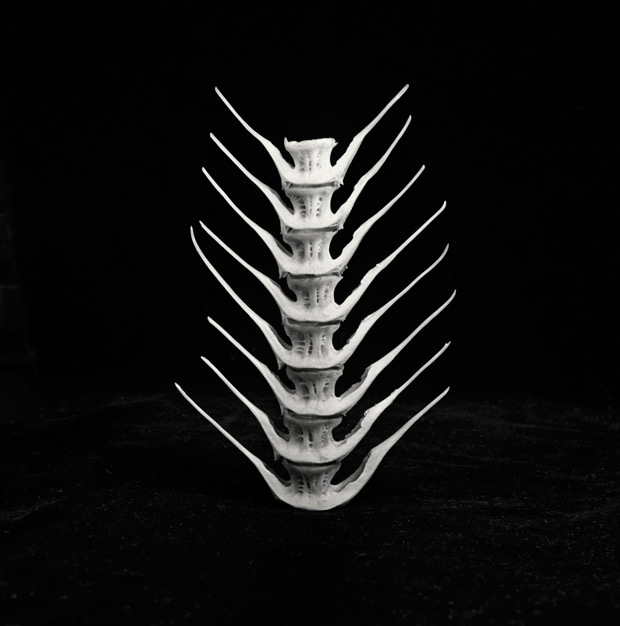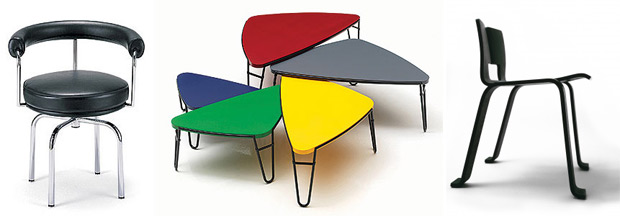From Photography to Design
Insight from Charlotte Perriand’s photography on the design legend’s life and work



Even design dilettantes will know Charlotte Perriand as a famous architect, pioneer of 20th-century interiors design and as the designer behind some of Le Corbusier’s most iconic furniture. But taking on a less-known side of the legend, the exhibition “From Photography to Design” at Paris’ Le Petit Palais explores her creation process, narrowing in on her body of photographic work.
Ordered by Le Corbusier himself, Perriand began using photography for her preliminary studies before moving on to the still images as a means to observe the “laws of nature,” and the urban context in which she found ideas for her experiments with forms, materials and spatial arrangements. The exhibit consists of beautiful photographs—of natural objects like driftwood, bones, stumps and stones, as well as compressed metals and other industrial fragments sourced from scrap metal dealers—shown side by side furniture pieces inspired by the shapes or materials pictured. Suggestive of the muse Perriand found in nature, a method she called “the shapes lab,” examples include a smooth round pebble found on North Sea shores that gave way to the organic forms of her wooden tables.

This approach led to efficient, ergonomic and outstandingly simple work, explained by Perriand’s assertion, “beauty must come out of rational organization of elements; it doesn’t need any additional decoration.” She always kept it simple, proving that less is more, in particular when it came to the materials that defined her career. Equating wood and iron used in her furniture with cement in architecture, Perriand established the tradition of the “machine age” aesthetic with minimal, bent chrome steel tube and leather furniture.
Perriand’s photographs bear the mark of her distinct approach to modernism too. Though beautifully black and white and minimal, pictures of simple objects—such as an ice cube lit up by a sunbeam, fishing nets and boat sails or crackled desert earth—feel warm and feminine. A collecter of everyday objects from Japan, she saw no hierarchy among things; from the most humble to the most complex and sophisticated, they all deserve the same attention. The result of her democratic designs were pieces of furniture that she said were made for people to live in and be comfortable, rather than reflections of her own behaviors.

She designed her famous series of relaxing chairs (chaise lounges and swivel chairs currently in production by Cassina) after observing relaxing bodies. In the show the ergonomic seating is displayed along with the photographs she took of dozens of portraits of resting people, including lying-down fishermen in ports, a Corsican grandmother at siesta, or friends napping on tree branches.
Drawn to social commitment, the exhibition also takes a look at the survey she made of slums and other poor unsanitary areas in Paris in the early ’30s, helping to drive home a central point of the show. Positioned, as the major part of it is, within the permanent collection of the museum consists in dispatching Perriand’s unassuming pieces of furnitures among Louis the XVIth or older historical pieces from the permanent collection.
The strategy, introduced by the Louvre museum’s new initiative inviting contemporary artists to play with the permanent collections, isn’t just a smart way to have the permanent collection re-visited. In this case, the move elegantly highlights how starkly different Perriand’s populist style and influence was from the past—and how similar it is to today.
Images at the top: “Banquette Tokyo” 1954, © AChP_ADAGP, Paris 201; “Arête de Poisson” 1933, © AChP_ADAGP, Paris 2011












